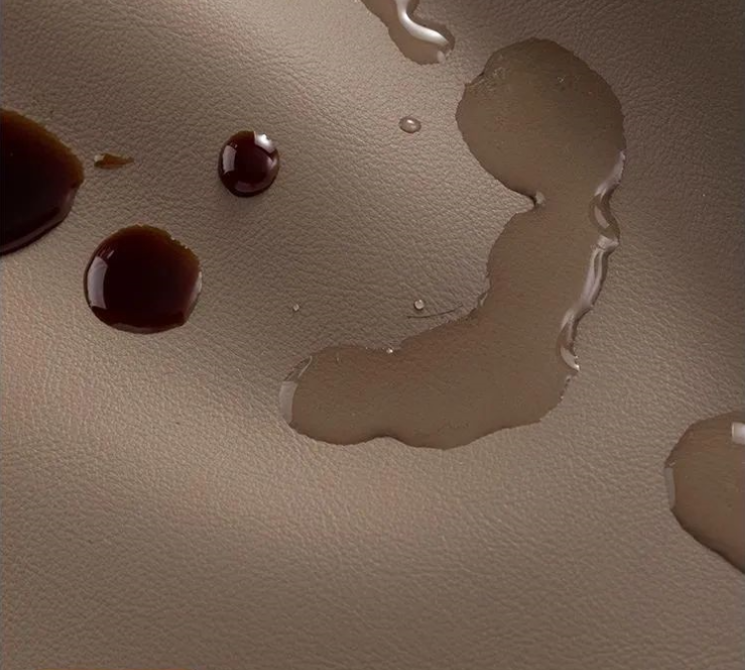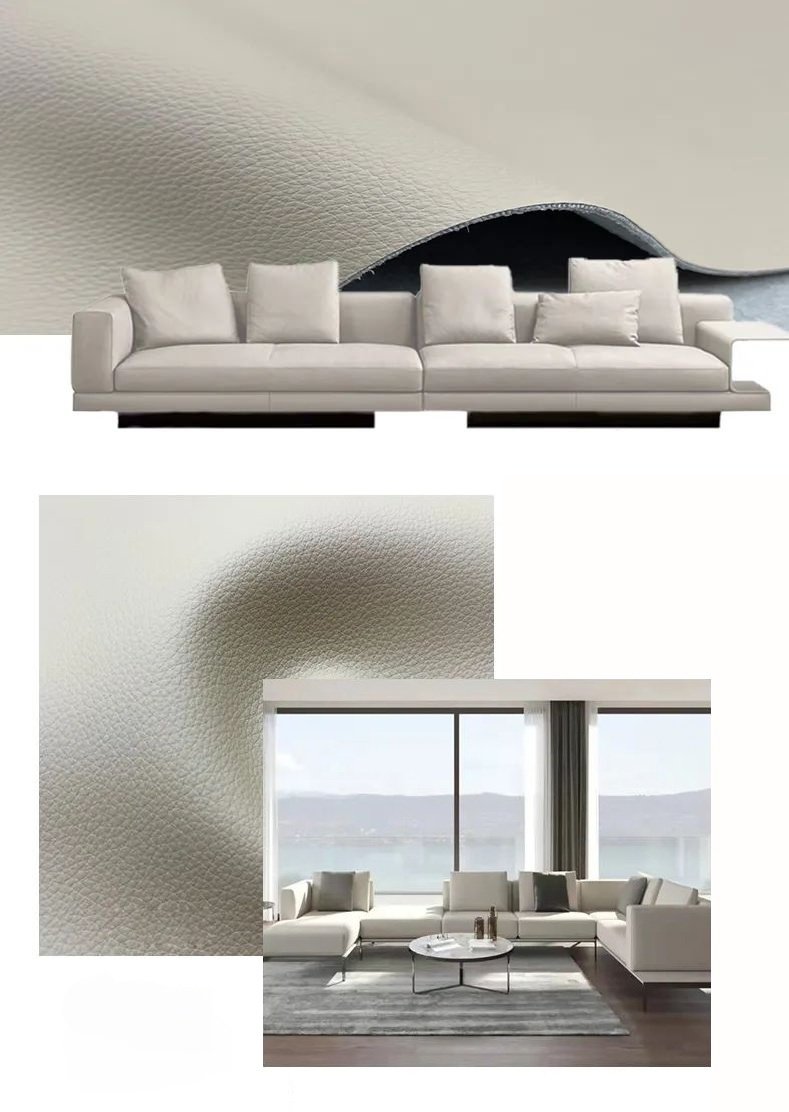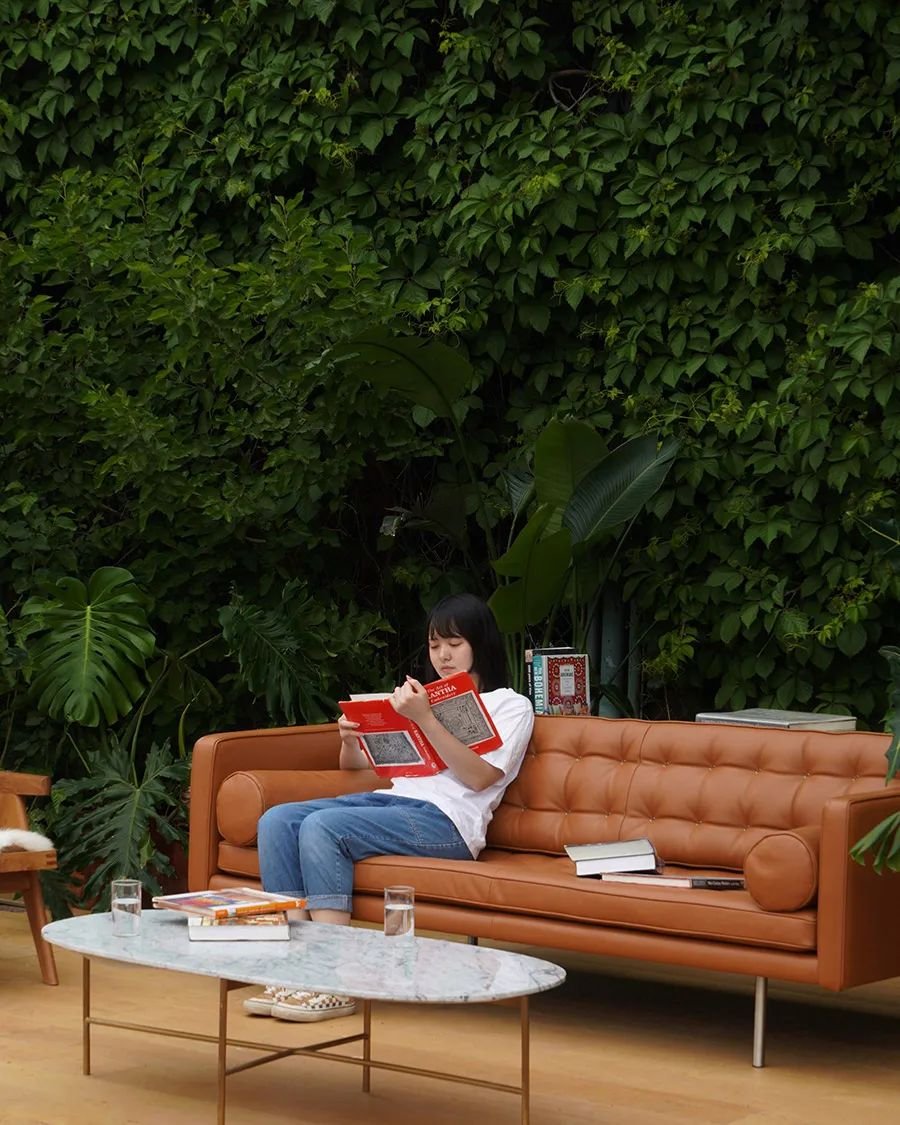The world of interior design, furniture, and fashion is evolving—and sustainability is at the heart of this transformation.
With a growing demand for eco-friendly products, faux leather has emerged as a top contender, offering the beauty of traditional leather while minimizing environmental impact.
But how do you know if the faux leather you’re choosing is truly sustainable? Let’s dive into the key factors that make faux leather a sustainable choice for your next project, whether it’s for upholstery, fashion accessories, or anything in between!
1. Understanding the Basics: What Is Sustainable Faux Leather?
Faux leather, often referred to as synthetic leather, has come a long way from its early days. Unlike real leather, which is made from animal hides, faux leather is created using a variety of synthetic materials, most commonly polyurethane (PU) or polyvinyl chloride (PVC). However, not all faux leather is created equally.
When we talk about sustainable faux leather, we’re looking at materials that are eco-conscious, durable, and non-toxic. The goal is to create a product that minimizes the negative impact on the environment while maintaining the aesthetic and functional qualities that make leather so popular.
2. The Role of Plant-Based Materials
One of the most exciting developments in the faux leather industry is the move toward plant-based alternatives. Traditional faux leather is often made from petroleum-based products, but today, there are sustainable alternatives that incorporate natural materials such as:
- Cork leather: Made from the bark of cork oak trees, cork leather is biodegradable, lightweight, and water-resistant. It’s also incredibly durable and has a unique texture, making it a popular choice for furniture upholstery and fashion accessories.
- Apple leather: Produced from the waste of apple processing (like cores and skins), apple leather is an innovative and sustainable option. It’s soft, flexible, and has a natural, leather-like appearance, often used for bags and wallets.
- Mushroom leather: Also known as “mycelium leather,” this material is derived from fungi and is fully biodegradable. It’s an exciting option for fashion and upholstery industries, offering a luxurious, soft texture without the environmental footprint of traditional leather.
Choosing plant-based faux leather not only reduces reliance on petroleum but also ensures that your materials are biodegradable or recyclable, contributing to a more sustainable product lifecycle.
3. Polyurethane (PU) Leather: The Eco-Friendly Synthetic Option
When it comes to synthetic leather, PU leather is considered one of the most eco-friendly options. PU leather is made by coating a fabric (often polyester) with a polyurethane resin, which results in a material that mimics the look and feel of real leather. What makes PU leather sustainable?
- Less Harmful Chemicals: Unlike PVC (polyvinyl chloride), which can release harmful toxins during production and disposal, PU leather is less toxic and easier to recycle.
- Water-Based Production: Many manufacturers now produce PU leather using water-based methods, which significantly reduce the environmental impact compared to solvent-based production techniques.
- Lower Carbon Footprint: The production of PU leather generally results in lower carbon emissions when compared to real leather, as it doesn’t require livestock farming or intensive chemical treatments.
With a variety of options available in PU leather—ranging from luxury finishes to more affordable alternatives—it’s a versatile material that offers both sustainability and durability.
4. What to Look For When Choosing Sustainable Faux Leather
As you start your search for eco-friendly faux leather, it’s essential to ask the right questions to ensure you’re making the best choice for both your project and the planet. Here are a few key things to look for:
a. Certification and Standards ✅
Look for materials that are certified by recognized environmental standards, such as:
- OEKO-TEX® Standard 100: This certification ensures that the material is free from harmful chemicals and safe for human health.
- Global Recycled Standard (GRS): This certification confirms that the material contains a significant amount of recycled content, helping to close the loop on waste.
- Fair Trade: Ensure that the materials are sourced ethically and that workers involved in the production process are paid fairly and treated well.
These certifications can help verify the sustainability of your faux leather choice, giving you confidence that your selection aligns with both your environmental goals and ethical values.
b. Recycled Content ♻️
Another great feature to look for is recycled content. Many faux leather manufacturers now offer options that incorporate recycled materials, such as recycled polyester or recycled PU.
By choosing these materials, you’re helping to reduce waste and keep valuable resources in use for longer. Plus, these materials often perform just as well as their non-recycled counterparts, so you don’t have to compromise on quality.
c. Biodegradable or Recyclable Materials
For true sustainability, look for faux leather made from biodegradable or recyclable materials. While traditional faux leather can sometimes end up in landfills due to its synthetic components, newer options like mushroom leather or apple leather offer the benefit of breaking down naturally over time.
If you choose a non-biodegradable option, make sure it’s recyclable at the end of its life, reducing its impact on the environment.
d. Durability and Longevity
A key factor in sustainability is how long the material lasts. Durable faux leather will not only extend the lifespan of your furniture or fashion pieces but also reduce the frequency of replacements, ultimately leading to less waste.
Look for materials that are known for their abrasion resistance, stain resistance, and UV stability, so they stand the test of time, even in high-use environments like hotels or restaurants.
5. Sustainability and Style: Finding the Balance ✨
The beauty of sustainable faux leather is that it doesn’t sacrifice style for eco-friendliness. Whether you’re furnishing a boutique hotel, creating custom furniture pieces, or designing fashion accessories, you can find materials that look just as chic as their real leather counterparts.
Sustainable faux leather offers a diverse range of textures, colors, and finishes that mimic the natural look of leather, from matte to glossy to textured finishes.
With all the style options available, it’s easier than ever to find the perfect faux leather for your project—without compromising on sustainability.
Final Thoughts
Choosing sustainable materials in your projects isn’t just a trend; it’s a commitment to a better future for our planet.
Faux leather, when produced with eco-friendly materials and processes, is an excellent option for reducing environmental impact while still achieving the luxurious look and feel of real leather.
So, the next time you’re planning your next hotel project, residential development, or upholstery design, remember to consider the sustainable options available.
Whether it’s plant-based materials, recycled content, or water-based production, your choice of faux leather can help lead the way toward a greener future.
#SustainableDesign #FauxLeather #EcoFriendly #SustainableMaterials #GreenBuilding #SustainableFashion #InteriorDesign #FurnitureDesign #EcoChic #SustainableLiving #CircularEconomy #RecycledMaterials ✨








